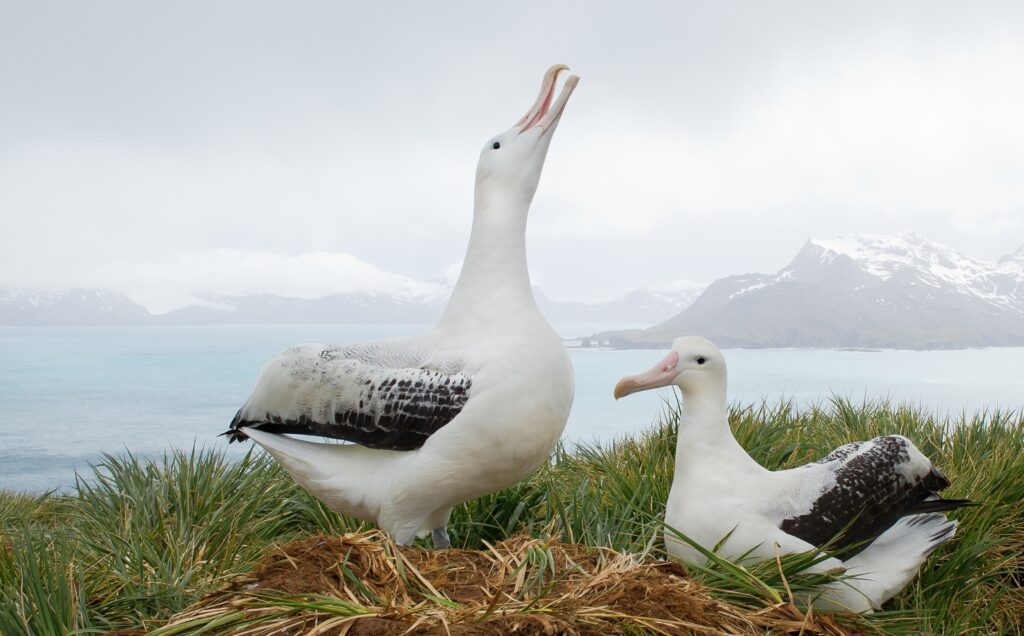Almost half (49 percent) of all global bird species are dwindling in number, according to a report compiled by conservation charity BirdLife International (BLI).
The new State of the World’s Birds report, which is published every four years, highlights that in addition to general decline, one in eight species is facing extinction. Calling the data a marker of a biodiversity crisis, the report blames human activity for the increasing threat to bird life.
The report shows that 1,409 individual breeds of birds are now threatened. Amongst them, 231 species are specifically listed as critically endangered. However, this figure could rise in the future, as insufficient data was available for a further 47 species.
Since 1500, at least 187 birds have gone extinct. Most were native to islands, though mainland extinctions are shown to be increasing now, with tropical varieties most at risk.
Two mainland European breeds listed as critically endangered include the Sociable Lapwing and Steppe Eagle.
BLI calls for grassroots conservation efforts through community projects and the restoration of natural habitats. It claims that 60 percent of anticipated amphibian, mammal, and bird extinctions could be reversed by rewilding 15 percent of converted land in key locations.
The biggest threats to bird species
Addressing the likely causes of bird species being wiped out, BLI pinpoints the degradation of suitable habitats and ecosystems as a major contributor. Delving deeper, the charity states that human activity lies at the center of such devastation.
Agriculture, logging, hunting, urbanization, and the climate crisis are five of the most impactful threats to birds around the world. As the top-ranking problem, agriculture is shown to impact 73 percent of all threatened bird varieties. Coming in second is logging, which directly affects 50 percent of already-threatened species.
Farmland birds from Europe are one of the most affected groups. The report claims that 57 percent have disappeared due to industrial agriculture techniques. These include the use of chemical fertilizers and growing automation.
Seabirds are also shown to be at severe risk, due to commercial fishing. As birds swoop in to take advantage of poorly managed bycatch and bait, they are commonly tangled in fishing equipment. This results in hundreds of thousands drowning each year.
Australia’s seabird population, in particular, has shrunk, with 43 percent of species reducing between 2000 and 2016.
The climate emergency’s role in extinction
The International Fund for Animal Welfare recently declared that human destruction of ecosystems is at the root of the climate emergency and animal displacement. Furthermore, it stated that unpredictable extreme weather conditions are a direct consequence of the climate crisis.
The rescue organization linked global warming to an increase in natural disasters, including wildfires, which BLI also specifically refers to.
“Increasing wildfire frequency is already evident across the globe, with record-breaking fires in 2020 in the Arctic, western North America, and the Brazilian Pantanal,” the report notes. “A total of 191 globally threatened bird species are currently under threat from an increase in fire frequency and/or intensity.”
Animal agriculture is a leading cause of climate degradation and contributes at least 14.5 percent of greenhouse gas emissions. Vast swathes of land are converted into grazing pasture through deforestation to support the rearing of animals for meat production. This in turn heightens the risk of wildfires and creates a damaging cycle that supports increasing carbon emissions.
Tying in with the rampant wildfires in North America and Brazil, both regions are major meat producers. The US is the largest manufacturer of beef, followed by Brazil.
Bird flu is a concern
Zoonotic diseases are also on the rise due to continued intensive factory farming. Bird flu has been especially prominent this year. France recently confirmed the slaughter of 10,000 ducks following confirmation of bird flu returning to the country.
Bird flu is thought to be transmitted by migrating wild birds, which infect large populations of farm fowl. Whilst flying overhead, wild birds drop bodily fluids, including excrement, that infect domestic species and spread quickly. This is exacerbated in factory farming conditions that present cramped living spaces and, typically, a lack of fresh air.
BLI reports that many bird species are trying to change their migratory patterns and preferred nesting locations to account for climate change. This impacts not only breeding cycles and interactions with key predators, but also the likelihood of contracting bird flu.
As a result of increased H5N1 bird flu cases, mass culling of domestic and wild birds has been conducted. A strain that is transmissible to humans, H5N1 has been referred to as a “global tsunami” with future pandemic implications.
Pressing for a global remedy
To stem the extinction of bird species, BLI is calling for unified local and global efforts.
The charity wants to see governments committing to ambitious numbers of protected areas. It also presses for the conservation of existing spaces and restoration of damaged ones.
“The key action needed now by governments is to make sure a really ambitious and bold global biodiversity framework is adopted,” Dr. Stuart Butchart, chief scientist at BLI told the Guardian. “We’ve got to bend this curve, so by 2030 we’re on a mission of being nature positive.”






